How did we do it before the internet?
You walk into your favorite store, take a brief look at the displays, touch a few items to feel the texture. Suddenly, you find your crush, grab it, try it on to see if it suits you well. You love the item, the only thing that separates you from it is the price tag. You return it and check how much the item is worth. Ouch! It's expensive. It's not a good deal... So you give up on this purchase and leave the store disappointed. Sounds like a very old story, doesn't it ?
What the internet has changed in our purchasing behaviors
Today, we follow our favorite brands on Instagram, Tik Tok... we spot a product and find out where it is sold in seconds.
For the same product, we have an infinite number of purchasing options : e-merchants, marketplaces that sell identical products at different prices.
Google's consumer barometer below shows how much time is spent researching a product online before a purchase decision is made.
As you can see from this chart, for only 21% of online purchases, consumers started their research right before that purchase. For all other online purchases, the search started hours, days, or even months before the act of purchase!
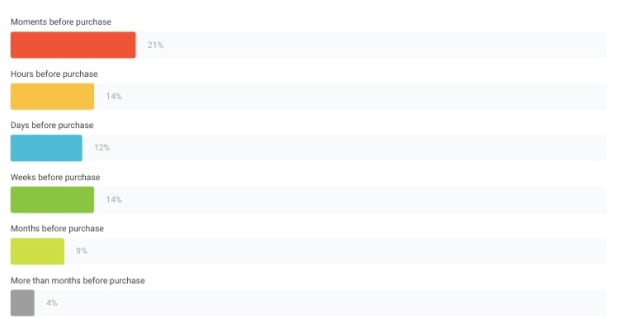
Price, a key factor in the purchase decision
So how many products and prices do you think a consumer sees before landing on your website and buying something? Hundreds to thousands on average.
Let's look at some statistics:
- 80% of consumers say that the feature that most influences their purchase decision is a competitive price
- 99% of shoppers compare prices before making an online purchase. Thanks to Google Shoping and price comparison engines, consumers receive alerts for multiple items from multiple stores.
- Price comparison engines make up about 20% of e-commerce traffic for all kinds of product categories.
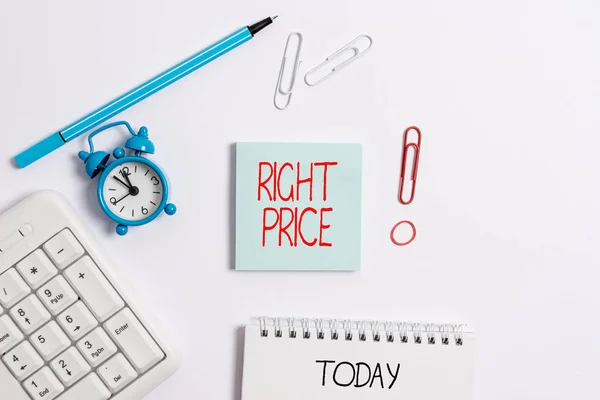
How can you use Pricing to your advantage?
Don't let these numbers scare you. Instead, see it as anopportunity to gain an advantage and increase your sales !
Pricing in e-commerce can act as a traffic-generating marketing tool, influence comparison engines and increase your conversion rates.
There are many pricing strategies.
Here we will detail different pricing strategies that may prove to be the deciding factor you were looking for to win the online competition
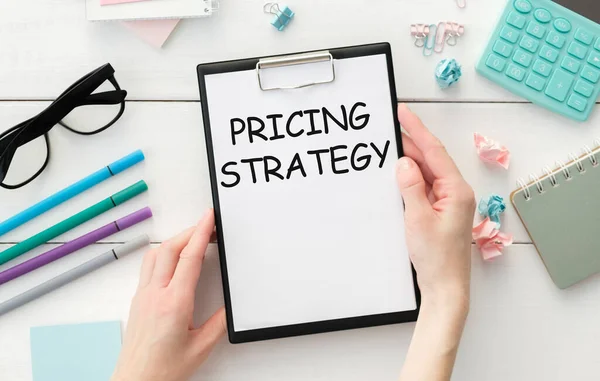
Cost-Based Pricing Strategies
This method requires the company to know all of its unit costs for each product in its catalog and then set a target profit margin per product.
The formula is as follows:

Unit costs
Here are most of the common costs in e-commerce :
- Purchase or manufacturing costs
- Your domain name
- Hosting your site
- Your rent
- Product sourcing
- Storage of your products in a warehouse
- Platform fees
- Shipping costs
- Returns and refunds
- Bank and processing fees
- Software
- Wages
- The marketing budget
This may seem obvious, but it is really shocking to see how many e-merchants do not know in detail their unit costs
The target profit margin
Now let's take a look at the second part of the equation, the target profit margin.
AND this is where most e-merchants become too greedy
The crucial task is to find the right profit margin that will maximize your profits without causing you to lose customers.
There are 2 pitfalls to avoid:
- Pricing that is too cheap that will devalue your products
- Pricing that is too high will make you lose competitiveness
To determine the right price positioning, two major factors must be taken into account that play an important role in the price/demand relationship:
- Competitors ' prices
- The willingness of consumers to pay less.
For example, when you sell a diamond necklace, you know that price is not the most important criterion for buyers and that they don't have a real point of comparison. However, in a sector like consumer electronics, where competition is fierce and products are identical, players with relatively high prices have very little chance in the market.
Market-Based Pricing Strategies
If you're not the only player in the market, or if you're not selling a unique product, you should definitely keep an eye on your competitors. There are around 860,000 e-commerce companies active in the industry. In this huge jungle, each company is in direct competition with at least 15 to 20 other companies.
That's why online retailers can't ignore the competition in the market. As we mentioned above, consumers care a lot about price and they compare prices all the time.
Pursuing a competitive pricing strategy doesn't mean undercutting your products and lowering your prices and margins to a minimum. Leading a race to the bottom is not beneficial for anyone.
One of the main benefits of market-based pricing with strong competitive pricing intelligence is that it also allows you to detect opportunities for price increases that maintain a competitive advantage.
Let's take a look at this example: 3 retailers sell the exact same casserole. The former, the most competitive, sells it for £171.08. The second and third sell it for £210.00.

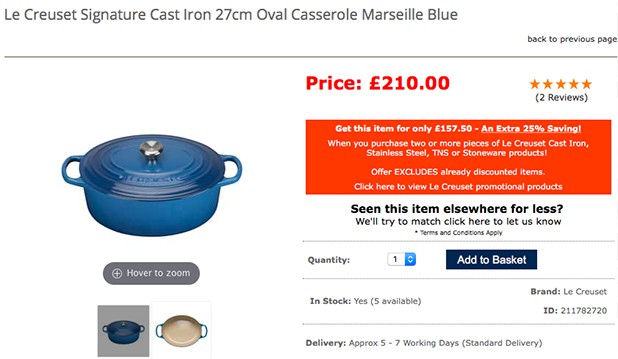

In this scenario, the first retailer could detect this opportunity to increase their price through competitor price monitoring software like Price Observatory and increase their price just below their competitors. It would thus increase its margin while remaining the most competitive on the market.
Dynamic Pricing Strategies
Dynamic pricing is a highly cost-effective e-commerce pricing strategy in which marketers set flexible prices by taking into account costs, target profit margins, market demand, and competitor pricing.
Dynamic pricing allows you to set the optimal prices, at the right time, based on demand and the market in real time while taking into account your business objectives.
Having tons of data is great. But, the key is to convert data into actionable insights.
Dynamic pricing and re-pricing software, like Price Obervatory, collects competitors' prices and immediately adjusts your prices based on their changes and your margin goals.
You can define rules such as:
- My price must be in line with my cheapest competitor
- My alignment must include shipping or not
- My alignment should include promotions or not
- My alignment should only apply if my price is 1€ more expensive
- .....
Dynamic pricing bots work all day long, and your prices will be changed in real-time based on market fluctuations and the rules you set. With this tool, you are able to react to every move in the market, and your prices always remain competitive or optimized.
Dynamic multi-channel pricing
For sellers who sell on marketplaces, there are also features that allow you to generate different prices per marketplace.
Thus, you can define rules for each marketplace based on the prices of competitors present on these marketplaces in order to send an allotted or optimized price for each marketplace. This strategy is very powerful because it allows you not to lower your price unnecessarily on marketplaces on which consumers make their price comparisons while staying on the marketplace.
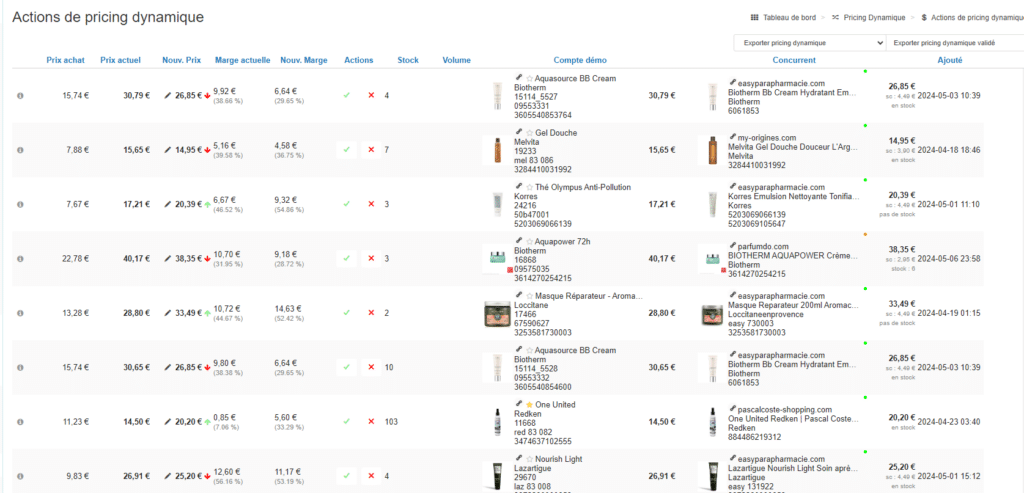
Consumer Pricing Strategies
In all aspects of e-commerce, focusing on your customers is essential. When pricing your products, you need to be able to answer two questions:
- Who are my customers?
- What value do I bring to my customers?
Based on the responses you get, then segment your audience to target each group with the right products and prices. Use real-time data and purchase history to accurately identify customer segments.
After you've finished segmenting, set each group's willingness to pay (WTP) for your products. You can conduct WTP research yourself or seek professional help.
Price discrimination
Price discrimination is a tailor-made approach to consumer-based pricing in e-commerce. This strategy allows the same item to be sold at different prices to different buyers. It works on three levels:
- First degree: Consumers are charged the maximum of what they are willing to pay for a given product. For example, auction or auction sites. A customer can pay a lot more for a similar item depending on what they are willing to pay.
- Second degree : Consumers can choose their price discrimination. For example, they may be offered a lower price if they buy a product in larger quantities.
- Third degree : Products are priced differently depending on the customer segments.
This involves taking past and real-time customer data
Bundle Pricing Strategies
Bundling products is simple. It involves selling a range of products together at a discounted price compared to buying each item individually
For example, many products require accessories. Some are required (like a lens cover on a camera that usually comes with the camera), but some are optional, like a tripod for a camera.
Grouping these products together is a great way to increase average order value, as customers are likely looking for similar items. Someone who buys a DSLR camera is likely to be interested in another lens or tripod.
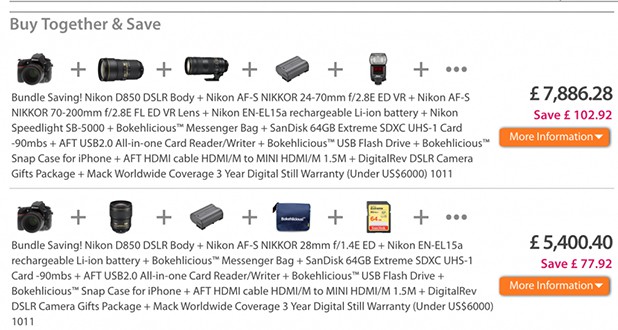
Market Penetration Pricing Strategies
Penetration pricing is a marketing strategy used to enter a market by slashing prices to attract competitors' customers to their homes. Example: Free on the Box market.
Companies also use this strategy when they want to highlight a new product or service.
Pricing Strategies with Loss Leaders
The pricing strategy with loss leader products involves pricing a few products at a lower level than the market in order to attract customers to your website or store.
Once customers are on your website and convinced that your prices are in the right place, they will be more likely to buy your other items (at regular prices) as well.
This technique is widely used in mass distribution because consumers cannot buy each product on different sites and compare the prices of each product, but it also works in other sectors, such as cosmetics, DIY, etc., on which the consumer has several potential purchases to make.
For example, an electric toothbrush is a great appeal product. This electric toothbrush costs £99.

While we don't know the manufacturing costs, we can assume that they make most of their profits on replaceable brush heads.
When you think of an electric toothbrush, you don't tend to buy them often. And so brands can afford to sell them at a loss. Because they know that they will easily recoup their lost profit costs thanks to accessories that need to be changed much more regularly for oral hygiene.
So, if you want to implement a loss leader strategy but are worried, think about complementary products that you can highlight and that people will need to come back to your store for an additional purchase.
Price Skimming Pricing Strategies
E-commerce price skimming involves setting high prices during the launch phases. This means that companies can take advantage of the "novelty" effect of their product and maximize their profits from the start.
The takeaway from price skimming is that there are consumers who want to be the first to get a product. They love the feeling of exclusivity.
If you want to implement price skimming, use phrases like "exclusive offer" or "limited availability", "be the first to get your hands on", "pre-order", "preview"... in your marketing text to emphasize the urgency of the call.
Apple is the best example of a price skimming strategy. During the run-up to the release of a new iPhone, there are rumors and buzz even before the release announcement .
Once the time for the announcement comes, there has already been enough excitement generated to increase customers' appetite for purchase.Future iPhone owners camped out in front of the store to be among the first to get their hands on the new model. Others would pay weeks before

In conclusion, build your own Pricing Strategy
Pricing, when taken seriously and treated in a smart and creative way, turns into a secret and highly effective marketing tool.
The approaches we have shared here are not exclusive. You don't have to pick one and forget about the others. On the contrary, like most marketing and growth strategies, they work best when integrated into a blended strategy.
These strategies are also not exhaustive. You can find others, or even invent them. Be creative!
Define your business goals, needs, and interests. Then, decide which of the above strategies would work well with your goals. Combine them into a single pricing strategy that will fit your needs.
Finally, pricing is not a static task and requires a continuous effort to optimize and refine it as your eCommerce business grows. Just like any other ecommerce operation you need to manage, there will always be room for improvement and it won't be an easy task. But, fortunately, there are tools like Price Observatory that offer advanced solutions for e-tailers and brands that allow you to define optimized pricing strategies adapted to your business.
For personalized advice on the pricing of your products, do not hesitate to contact our team of experts on our Price Observatory website.
Contact us for a demo, a real-world test or information